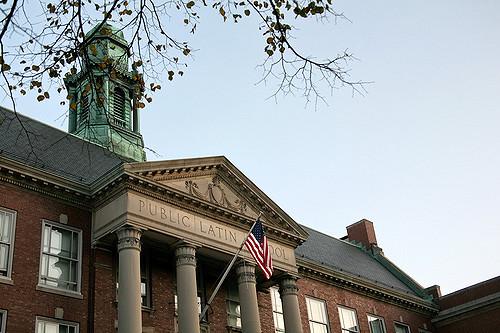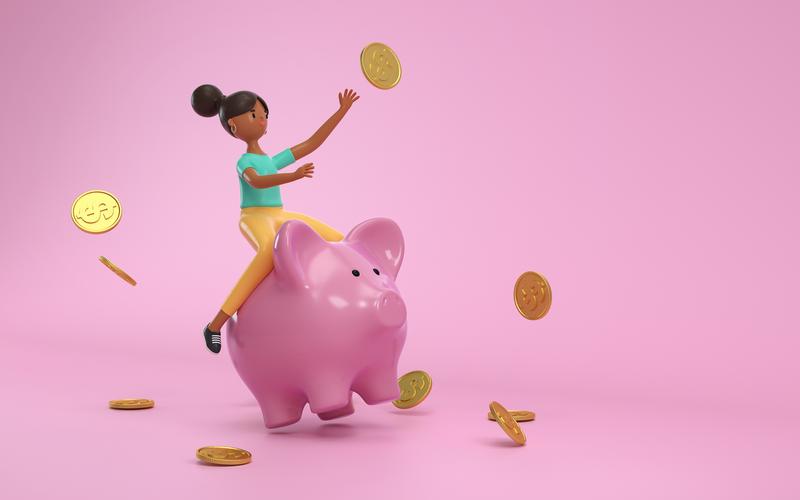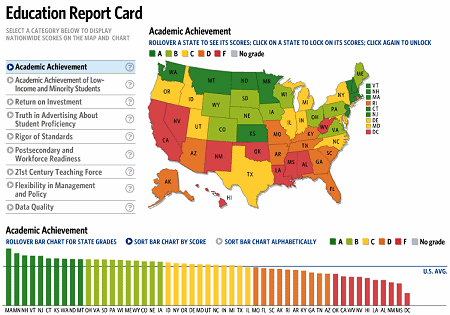
Preschool maths should be focused on measurement and number. These concepts include addition as well as subtraction. A simple counting game can be used to introduce subtraction or addition. Using pictures can help children visualize math problems. Before adding up the total, each group must be counted. This is the first step in learning addition and subtraction.
Activities for teaching preschoolers maths
Preschoolers have the ability to learn about shapes and numbers from an early age. You can even use manipulatives as a reinforcement of their learning. Tangrams work well for this purpose, as they can help children improve their visual perception and increase their understanding about shapes and sizes. Puzzles can also be used to teach number concepts and geometry to young children. You can build forts with many manipulatives to help your child learn numbers and shapes.
Problem solving is one the most difficult math tasks for children. Children have a hard time visualizing problems and often resort to guessing operations instead of finding a solution. It's important that your children have lots of opportunities for practicing this skill.
Number concepts
Preschool maths teaches children how to recognize patterns in numbers. Children can also learn the relationship between more or less and how things are ordered. This learning early can allow for creativity and critical thinking. In addition to maths' practical applications, prenumber concepts can also be used in order to improve spatial and cognitive acuity.

Numerous physical objects can be used for teaching number concepts. For example, wooden blocks make a great choice in preschool maths activities. You can also use rubber numbers or foam numbers. Other possibilities include magnetic boards and bath toys.
Measuring
Preschool maths can introduce measurement to help children develop vocabulary and their understanding of measurements. They will be able to use this vocabulary to describe, compare, and think critically. They can also apply measurement to everyday life. This will prepare them for the next stage of maths learning. Listed below are some ideas to get your preschooler started.
Preschoolers have a natural passion for doing hands-on projects. Begin by teaching them how to measure by using simple objects. Encourage them to play with different objects and to compare them before you move onto standard units. Play-based learning is a great way for children to learn about measurement. This method will provide children with opportunities to practice their skills as they learn about measurement.
Geometry
Preschoolers need to have a basic understanding about geometry. This fundamental subject should be taught as a primary goal. Preschool maths should include geometry as part of their curriculum. Here are some of the many benefits of teaching geometry to preschoolers. Preschoolers will be able learn the basics quicker.
- By understanding the relationship between less and more, your child will be able to develop number sense. Their knowledge of geometry will increase as they use more shapes. First, teach your children how to identify different shapes. Use of names can help children communicate with others, and teach them about categories.

Music for math instruction
Music can be a great tool to teach maths to young children. Music can help young children develop a strong rhythmic sense, which is an important foundation for their math skills. It also helps young learners distinguish between patterns and sequences. Exposure to music can have many benefits for children, including singing and playing musical instruments.
Music can also be used to teach children the relationships between numbers. Music can be used to teach students about number combinations, patterning, measurement, and counting. It is a simple way to make learning more fun and engaging.
FAQ
What is the difference in a university and college?
A university is an academic institution that provides higher education. It offers both undergraduate and graduate courses in many fields.
A college is usually smaller and less prestigious than a university. It might offer fewer courses, but it will often have its own specialist areas.
What is the best way to start teaching early childhood?
First you need to decide if your career path is in early childhood education. You will need to earn your bachelor's degree if you decide to pursue a career in early childhood education. In some states, students must have a masters degree.
You will likely also have to attend classes in the summer months. These courses cover topics such as pedagogy (the art of teaching) and curriculum development.
Many colleges offer associate degrees that can lead to teaching certificates.
Some schools offer certificates or bachelor's degree in early childhood education. But others only offer diplomas.
If you plan to teach at home, you may not need any additional training.
Is it hard to be a teacher?
Becoming a teacher requires a major commitment. It will require you to dedicate a lot of time to your studies.
You should expect to work around 40 hours per week while pursuing your degree.
A job that is flexible with your schedule is another important consideration. Many students have trouble finding part time jobs that balance schoolwork with their lives.
You will likely teach classes once you have been hired as a full time teacher. You may be required to travel across the country to teach classes during the week.
What is the best time to spend on each semester studying?
The time you spend studying will depend on several factors.
Other than these factors, you may need to take certain classes each school year. This means you won't necessarily have the flexibility to take fewer courses in a given semester. Your advisor can tell you what courses you must take each semester.
Statistics
- These institutions can vary according to different contexts.[83] (en.wikipedia.org)
- They are more likely to graduate high school (25%) and finish college (116%). (habitatbroward.org)
- Globally, in 2008, around 89% of children aged six to twelve were enrolled in primary education, and this proportion was rising. (en.wikipedia.org)
- And, within ten years of graduation, 44.1 percent of 1993 humanities graduates had written to public officials, compared to 30.1 percent of STEM majors. (bostonreview.net)
- “Children of homeowners are 116% more likely to graduate from college than children of renters of the same age, race, and income. (habitatbroward.org)
External Links
How To
How to apply for homeschooling
Homeschooling involves the teaching of subjects to children through a variety of methods including reading books, watching videos, exercising, and listening to music. Because they allow students to learn at their pace and develop skills like problem solving, creativity and self-discipline as well communication and social skills.
People who wish to educate their children at their home are more common than ever, particularly parents who work full-time but don't have enough time for their children. They have the option of homeschooling which allows them to put their energies into their children's education without needing to worry about someone taking care of them at work.
There are many benefits associated with homeschooling; some of these include developing the ability to think critically and creatively, increasing their knowledge base, improving their language skills, developing their personal identity, becoming independent learners, and having greater control over their life than if they were attending school.
Homeschooling has one main goal: to give quality education to children in order to help them become successful adults. Before homeschooling can begin, however, you must meet certain conditions. You must determine if your child is eligible for public or private school. The type of curriculum that you choose to use for homeschooling is an important consideration. There are many kinds of curricula on the internet that you can choose depending on what your level of knowledge, budget, and preference is. You can choose from Waldorf, Montessori or Waldorf curricula. A second requirement is that you ensure you have the right resources in order to teach your child. This includes purchasing books, educational materials, computers and electronic devices. These items are available online and in your local store.
Once you have completed all the steps mentioned above, the next step would be to register yourself as a homeschooling parent. To do this, contact your state department or education for assistance. You can fill out the necessary forms and receive guidance about how to start homeschooling.